In our recent mediation programs, participants have included an employee of the U. S. Forestry service, staff from the National Institute of Health Office of the Ombudsman, a manager at an internet based company, human resource personnel from a major airline, teachers at many different educational institutions, including residential spiritual communities, life coaches, wealth managers and financial planners and several others in transition looking for how they might incorporate learning about conflict into new careers.
It has been very exciting for me to notice an evolution in our training programs over the years to include a significant number of people who come to our training programs with the idea that they won’t become practicing mediators, but are interested in applying what we are teaching about how to deal with conflict to a wide variety of non-mediation settings. Many lawyers have come intending to learn more about mediation since they act either as consulting lawyers to mediation or actually participate in mediations as lawyers. Other professionals as well as lawyers come to the programs to learn about how mediative principles can be applied to the more recently developing field of collaborative practice. Those professionals include members of the professional team such as coaches, child specialists, financial neutrals as well as lawyers.
Many lawyers have reported that they have found significant application of what they have learned about conflict to their existing law practices, including litigation.
Increasingly, others have come to simply learn about how to deal with conflict in their companies, non-profit organizations, family members and even international conflicts.
In the early days of our training programs, we focused primarily on training lawyers, mostly with a family background. As we have expanded to include other areas of dispute and people from non-legal backgrounds, it has been quite rewarding to work with groups with more diversity, including people who are coming from other countries as well.
We have long felt that with our understanding based approach to dealing with conflict, that we are part of something bigger that is happening within the larger society that is evolving on many different levels. It is that felt sense that we are responding to as well as participants coming to the programs.
It all makes sense to us that we would be drawing upon this expanding and developing interest in understanding and managing conflict that seems more and more crucial to operating within families, organizations, communities as well as legal conflicts. This is one of the central reasons that we changed our name several years ago from the Center for Mediation in Law, to the Center for Understanding in Conflict.
The basic principles we operate from in the program have broad application to a wide variety of conflicts:
1) Using the power of understanding as an alternative to the power of coercion to bring about more durable solutions;
2) Learning about observing the “how” or dynamics of conflict and its interrelationship with the “what” or substantive content of the conflict;
3) Proceeding with addressing conflict through agreements between all participants in designing the process;
4) Learning how to look underneath the conflict to find out what is important to the participants that might serve as a foundation for a mutually satisfying solution;
5) Empowering participants in problem solving through embracing a more expansive and deeper understanding of the problem from all relevant perspectives.
We’re hoping to encourage the trend that has emerged and experience the richness of the diversity of our participants where we as teachers learn more about the challenges of conflict in many different places with many different participants.
